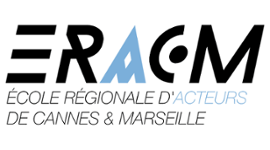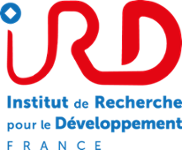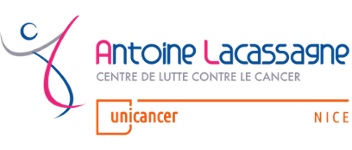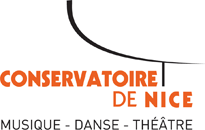Académie d'Excellence "Espace, Environnement, Risques et Résilience"
Reconnaissance, Origin, and Characterization of Small bodies of our Solar System
What is the surface of atmosphere-less bodies of our solar system made of ?
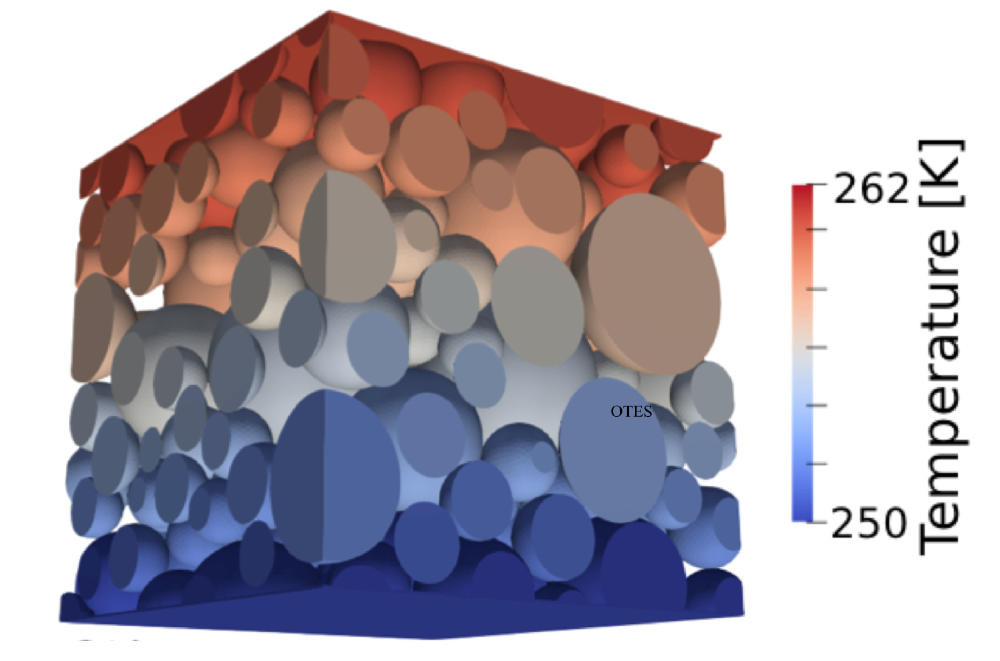
Academy 3 highlight
ROCSS forges expertise in planetary sciences, material sciences and High Performance Computing to understand the nature and origin of the surfaces of atmosphere-less bodies of our Solar System. ROCSS is part of the Center for Planetary Origin project (C4PO).
The project
Space bodies without atmosphere are numerous in our solar system, including asteroids, several natural satellites and one planet. Yet we still do not fully understand how and where these bodies formed and how their formation is related to the evolution of our solar system. In this project, we hypothesize that part of the formation and evolution mysteries of the atmosphere-less bodies may be deciphered in their outermost surface. That surface is generally made of multi-minerallic rocks and regoliths (layer of unconsolidated rock fragments). Understanding the physical mechanisms that created these materials is crucial to understand the processes that created the atmosphere-less bodies and contributed to their evolution over the last 4.5 billion years. ROCSS thus focuses on the characterisation (i.e., analysis of conductivity, density, porosity, degree of roughness, etc.) of the surface of atmosphere-less bodies and on the processes that sculpted it. For that, we developed a new method to better analyse the astronomical infrared observations of planetary surfaces that are acquired with large telescopes from the ground, from space, and by in situ space missions such as OSIRIS-REx (NASA) and Hayabusa2 (JAXA).
The method is a novel numerical model allowing the analysis of both the solid and the radiative conductivity of complex materials, such as those expected to form the surface of atmosphere-less bodies. Using this new model, we could for instance estimate for the first time the radiative thermal conductivity of polydisperse particulates (Ryan et al. 2019). We are now using the model to characterize the surface of the asteroid (101955) Bennu, target of the NASA’s sample return mission OSIRIS-Rex in 2019 and 2020.
The +
Our new model is now being used by several international organizations such as the NASA’s mission OSIRIS-Rex to characterize the surface material of several asteroids. The modelling results should provide new insights into the geology of these asteroids and eventually provide some guidance when selecting the most appropriate sample sites.
What’s next?
We obtained 2 years of post-doc funding from NASA’s OSIRIS-REx asteroid sample return mission, to apply the ROCSS new model to thermal infrared observations of the asteroid (101955) Bennu, which is the unique target of the OSIRIS-REx mission. The ROCCS model might also be used in the near future to analyse the infrared observations of the planet Mercury acquired in the Bepi Colombo mission (ESA) in 5 years.
Project information
|
Scientific domain
Physics and Astrophysics Theme
Planetary Sciences, Material Sciences, High-Performance Computing |
Key words
Planetary Sciences,
Numerical Modelling
Asteroids
Space Missions
|
|
Total budget
265 k€ including:
13 k€ from Académie 3 35 k€ from Académie 2 |
Students inolved
CAMBIONI Saverio PhD student of the University of Arizona.
Topic of the collaboration: application of Machine Learning techniques to constrain the thermal and physical properties of airless bodies surfaces. PhD thesis defense planned for spring 2020 |
| Partner laboratories | Project members
DELBO Marco
BERNACKI Marc
PINO MUÑOZ Daniel
|
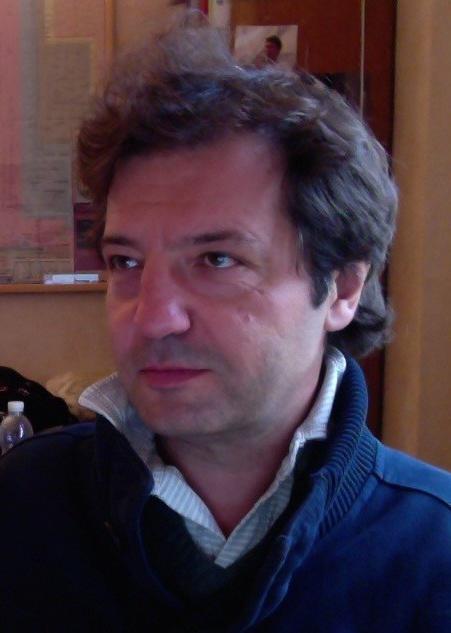
Marco Delbo
LAGRANGE, UCA
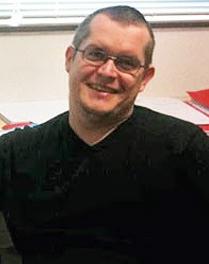
Marc Bernarki
CEMEF, MINES ParisTech
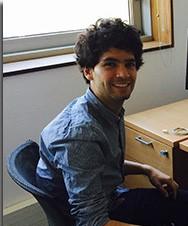
Daniel Pino Munõz
CEMEF, MINES ParisTech
Project valorization
Publications:
- Ryan, A. J., Pino Muñoz, D., Bernacki, M. & Delbo, M. Full-Field Modeling of Heat Transfer in Asteroid Regolith: Radiative Thermal Conductivity of Polydisperse Particulates. J. Geophys. Res. 125, e06100 (2020). DOI: 10.1029/2019JE006100
- Rozitis, B. Ryan, A. J. et al., Asteroid (101955) Bennu’s weak boulders and thermally anomalous equator,Science Advances DOI: 10.1126/sciadv.abc3699
- Dellagiustina D., K. Burke, K. Walsh, P. Smith, D. Golish, et al.. Variations in color and reflectance on the surface of asteroid (101955) Bennu. Science, American Association for the Advancement of Science, 2020, pp.eabc3660. ⟨10.1126/science.abc3660⟩. ⟨hal-02986161⟩
- Simon, A. A. et al., Widespread carbon-bearing materials on near-Earth asteroid (101955) Bennu, Science DOI: 10.1126/science.abc3522
- Emery, J. P., et al. including Ryan A., and Delbo M. Thermophysical Properties of (101955) Bennu from OSIRIS-REx Observations. Lunar and Planetary Science Conference 50, 2582 (2019).
- Ryan, A. J., Pino-Muñoz, D., Bernacki, M., Delbo, M., Emery, J. P., Christensen, P. R., Lauretta, D. S., OSIRIS-REx Team 2019. Full-Field Modeling of Heat Transfer in Asteroid Regolith: Thermal Conductivity Results for Mono- and Polydisperse Particulates.\Lunar and Planetary Science Conference 50, 2512 (2019).
- Cambioni, S., Delbo, M., Ryan, A. J., Furfaro, R., Asphaug, E. 2019. Constraining the Thermal Properties of Airless Bodies Using Machine Learning. Lunar and Planetary Science Conference 50, 1284 (2019)


